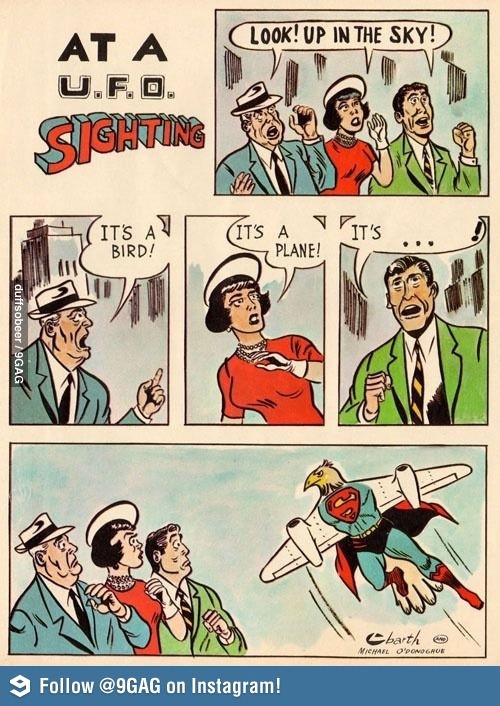
As someone with, unfortunately, bad eyesight, I believe that the leaps in technology are truly incredible in maximizing the use of our vision, which is the primary source of information for the average person. Yes, it has limitations and could be complex, but how the human eye and brain work together to paint a picture of our surroundings is utterly fascinating. So, let's further explore how we perceive light, interpret visual information, and understand the complexities of visual perception.
How do we see?
The Human Eye and Light Reception
Vision starts with light. When light reflects off objects, it enters the eye and focuses on the retina at the back. You may not know that the image is initially projected upside down. Receptors in the retina convert this light into electrical signals that travel through the optic nerve to the brain, where they are processed and interpreted.
Just how far is that tree?
Visual Perception: Perceiving Size and Depth
An aspect of visual perception is our perception of size and depth. Bear with me on this one because the concepts may be overwhelming. Let's start with the visual angle or the image's size on the retina.
Visual Angle: When a person looks at an object, its image lands on the retina. The image's size or the visual angle depends on the object's size and distance from the eye. Larger objects form a larger visual angle, while smaller ones result in a smaller angle.
How does an object's visual angle impact our perception of its size?
Let's look at various components and how they could influence our size perception of an object.
- Visual acuity is one's ability to perceive distinct details. When a person has high visual acuity, they can distinguish tiny attributes of objects and detect subtle differences in size. An example would be a person immediately seeing a distinction between an 11-pt font and a 12-pt font. However, compromised visual acuity (due to poor eyesight or other factors) can impact our perception of size accuracy.
- The Law of Size Constancy explains that our perception of an object's size is influenced not solely by the visual angle. We perceive an object's size as constant even if it moves farther away. For example, a person's height appears the same, whether near or far, because our brains compensate for distance. Another is when you approach a distant tree and its visual angle increases; your brain doesn't see it as getting taller the closer you move to the tree. Due to the law of size constancy, we perceive the tree's height as unchanging regardless of our distance from it.
- Cue of Familiarity. Our brains rely on expected object sizes. When we know how large an object should be, we adjust our perception of its distance accordingly. For instance, if you notice a small airplane in the distance, your brain may interpret it as farther away than expected since we know airplanes to be larger objects. Being familiar with object sizes helps us make accurate distance judgments.
In summary, our perception of size and distance relies on combined visual angles, visual acuity, law of size constancy, and familiarity cues, allowing our brains, through our eyes, to accurately understand what we see around us.
There's so much more to learn about the intriguing details of human vision and the sense of seeing. I've barely scratched the surface, focusing on light reception and visual perception. Although imperfect, technology helps our visual system enhance our interaction with the world. Understanding these processes may open up the next innovations in improving how we interact with our computers for a better user experience.
Posted using Honouree
Link to the previous post
Hello.
We would appreciate it if you could avoid copying and pasting previously published content (recycling content from previous posts).
Thank you.
If you believe this comment is in error, please contact us in #appeals in Discord.